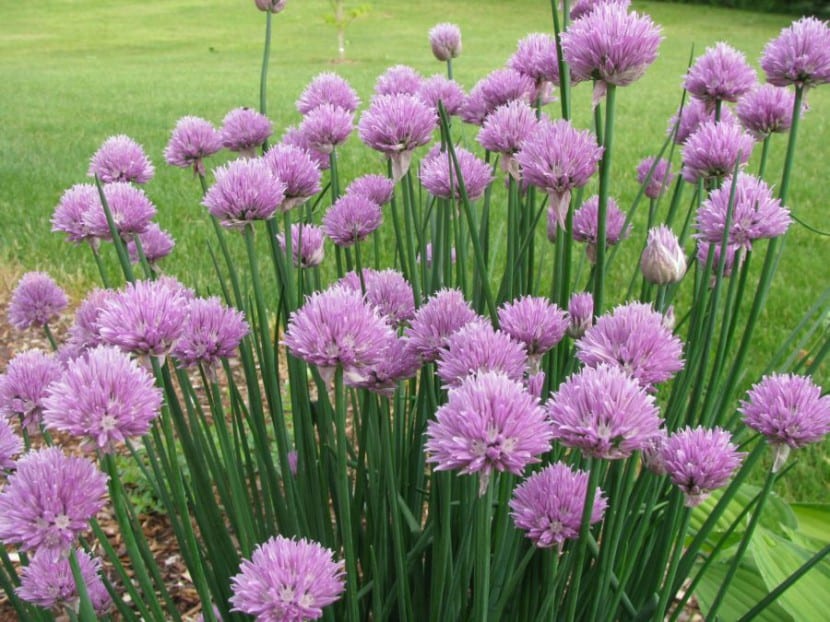
Chives are a bulbous herb that can be grown both in pots and in the ground. It produces very decorative pink inflorescences, and can also be used in the kitchen.
So if you need to add some color to your favorite space in the home and incidentally include a natural ingredient in your recipes, then We will explain everything about chives.
Origin and characteristics
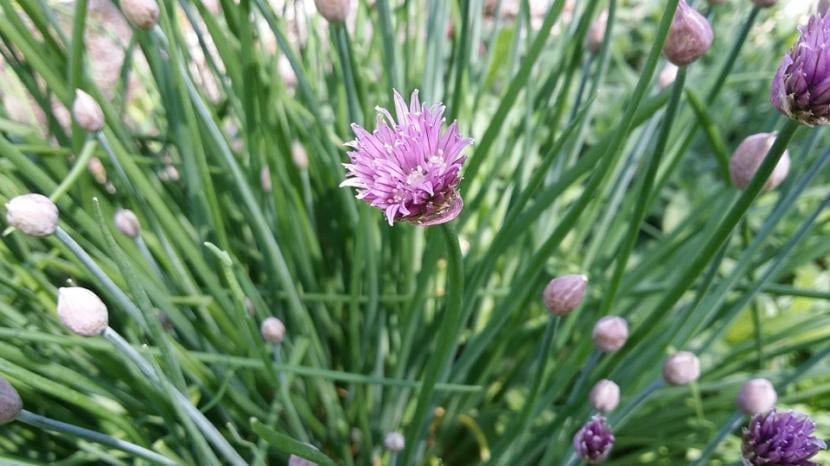
Our protagonist is a perennial bulbous herb native to Canada and Siberia. Its scientific name is Allium schoenoprasum and it is popularly known as chives, leaf onion, spring onion, garlic chives, or chives. It grows to a height of 30 to 50cm from a bulb that is conical in shape and is between 2 and 3cm long by 1cm wide.. The leaves are hollow and tubular, with a smooth texture.
The flowers, which sprout in spring (April in the northern hemisphere) are purple in color and are grouped in inflorescences surrounded by a bract (modified leaf that protects them) with a texture similar to that of paper. The seeds are produced in three-valve capsules that ripen in summer.
How is it grown?
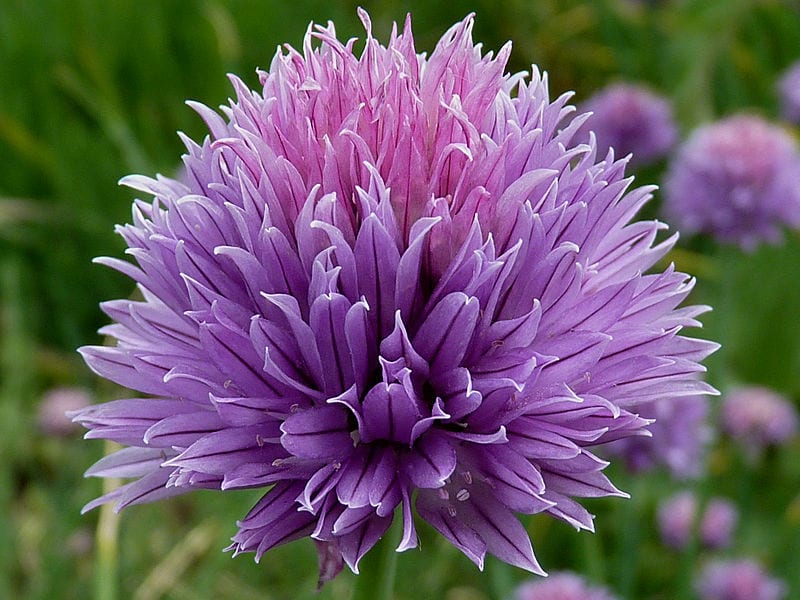
If you want to get a copy, we recommend that you follow these tips:
Siembra
The seeds are sown in spring, and it is done as follows:
- First, a seedling tray is filled (you can get it here) with substrate for seedlings (such as this).
- Second, it is watered and a maximum of two seeds are placed for each socket.
- Third, they are covered with a thin layer of substrate and watered again, this time with a sprayer.
- Fourth, the seedling is placed in a plastic tray, outside in full sun.
- Fifth, every 2 days it is watered - pouring the water into the tray.
Thus, will germinate over the next 14 days.
Plantation
When the seedlings are about 5-10cm tall, it will be time to pass them to the garden or a pot. Let's see how to proceed in each case:
Orchard
- First of all, you have to prepare the ground: remove wild herbs, fertilize with guano (or other organic compost such as cow manure), and install the drip irrigation system.
- Then, you have to make the grooves, leaving a distance of about 120cm between them.
- Then, the seedlings are planted so that they are about 20cm apart from each other.
- Finally, the irrigation system is started.
Flower pot
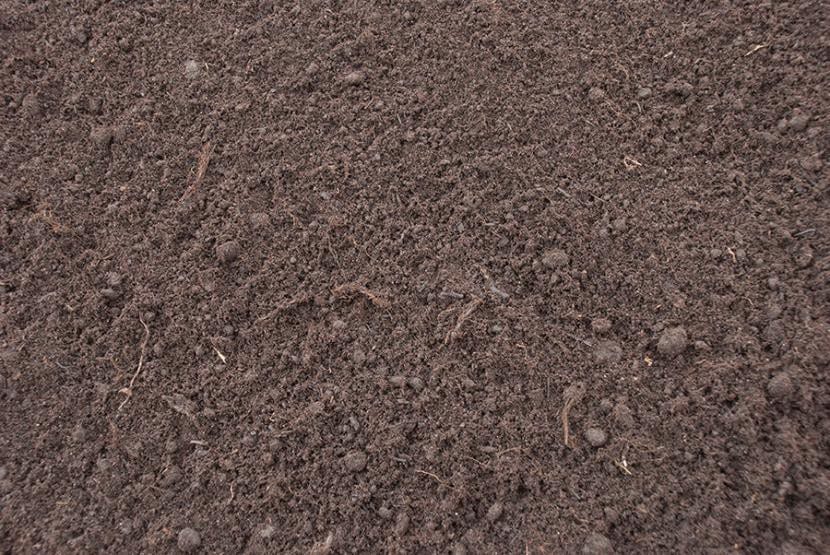
- First, you have to take a pot that measures at least 20cm in diameter and fill it with universal growing substrate.
- Second, a hole is made in the center, not too deep.
- Third, the plant is placed in the center.
- Fourth, the land is flattened well.
- Fifth and last, it is watered and placed in full sun.
Maintenance
Now that you have them planted, you have to take care of them. For that you have to do the following:
- Water 2-3 times a week in summer. The rest of the year it will not matter to water so often.
- Fertilize at least once a month (maximum every 15 days) with an organic fertilizer.
- Remove the herbs that are growing.
Harvest
Leaves have to be cut 1cm above ground level, from spring to autumn. Then they can be kept in a glass with water for several days, cut into 5mm long pieces and leave them in a ventilated place, or consume them directly.
Multiplication
In addition to seeds, you can have chives for bulbs. To achieve them, you have to let the plants grow for at least one year, and from the second the bulbs can be separated at the end of winter or in autumn and planted in other areas.
Plagues and diseases
It's very tough. In fact, it is often used as a repellent plant, since although it is not as effective as onion or garlic, it is interesting to prevent. 🙂
Rusticity
Supports up to -7ºC minimum and up to a maximum of 40ºC as long as it has water.
What uses does it have?
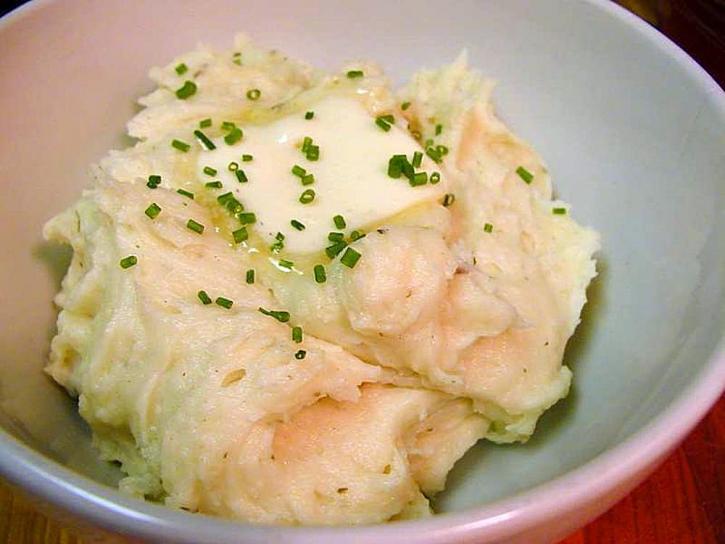
Culinary
Chives taste similar to onion, and are widely used in cooking. For example, it is common to find it finely cut in salads, deviled eggs, soups, omelettes or creams. Its nutritional value per 100 grams is as follows:
- Calories: 30g
- Total fats: 0,7g
- Saturated fatty acids: 0,1g
- Polyunsaturated fatty acids: 0,3g
- Monounsaturated fatty acids: 0,1g
- Cholesterol: 0mg
- Sodium: 3mg
- Potassium: 296mg
- Carbohydrates: 4,4g
- Fiber food: 2,5g
- Sugars: 1,9g
- Proteins: 3,3g
- Vitamin A: 500ug
- Vitamin C: 58,1mg
- Vitamin B6: 0,1mg
- Magnesium: 42mg
- Iron: 1,6mg
- Calcium: 92mg
- Magnesium: 42mg
Medicinal
Chives are medicinal. Can be used for all of this:
- prevent cancer
- as a diuretic
- fight free radicals, which are one of those responsible for cellular aging
- strengthen the immune system
- fight bacterial and fungal infections
- stimulate appetite
- avoid bad breath
- improve bone health
- prevent heart disease
- lower cholesterol levels
- treat fatigue and depression
- eliminate intestinal parasites
If you want to benefit from it, you just have to include it in your diet. Yes indeed, it is highly recommended to consume it fresh, so it is advisable to cut it when you are going to eat.
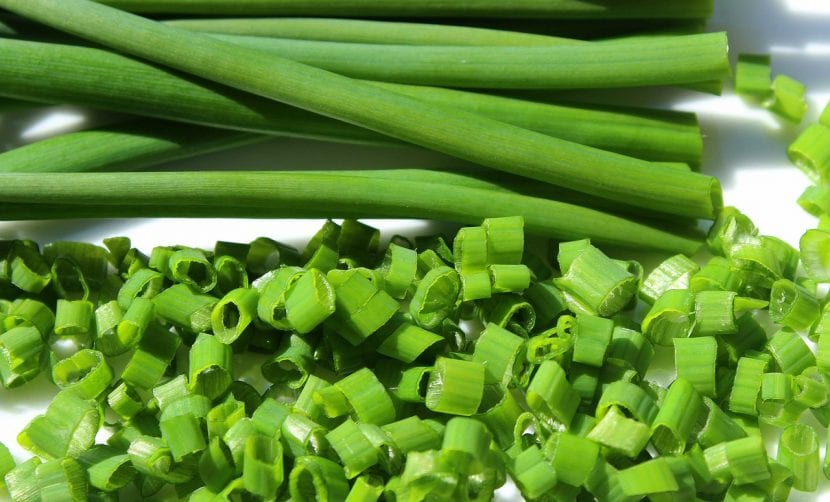
And with this we are done. Did you know all these qualities of chives? We hope that everything you have read has been useful to you. If you have any questions, leave them in the comments and we will solve them as soon as possible.